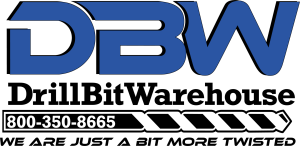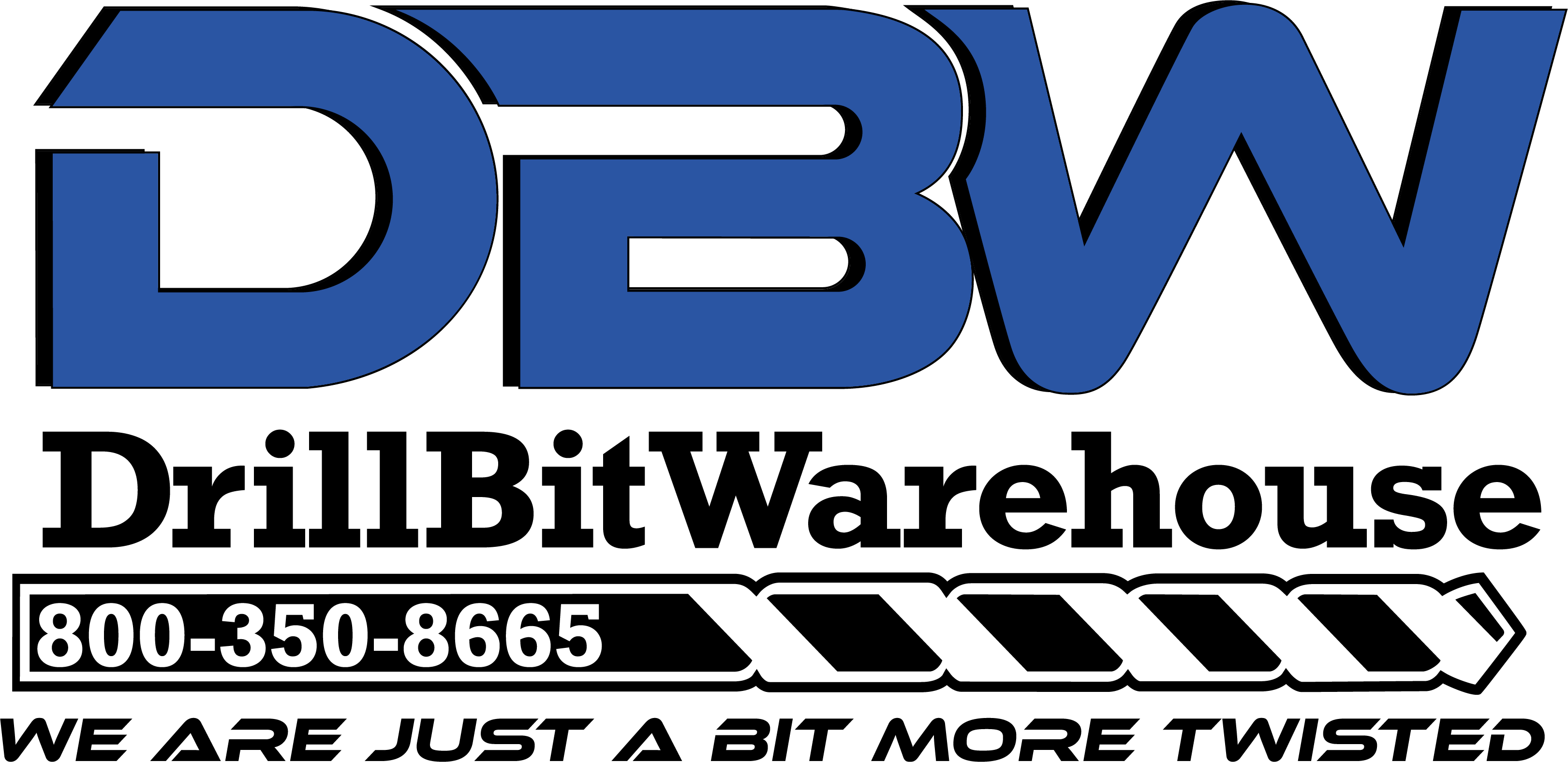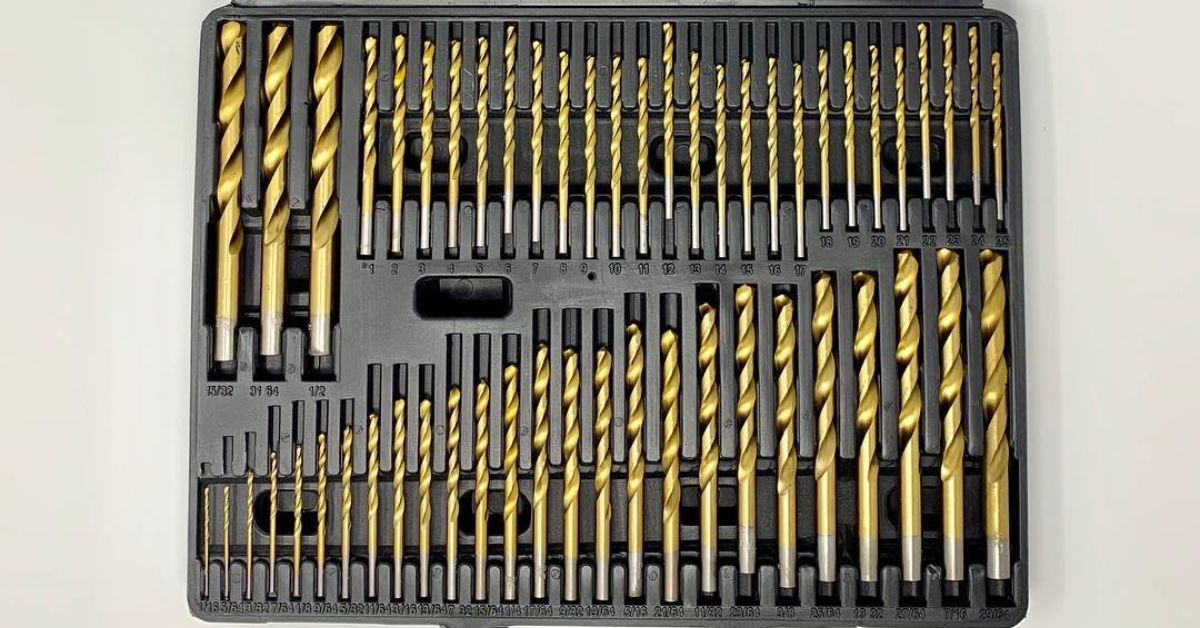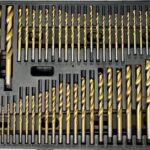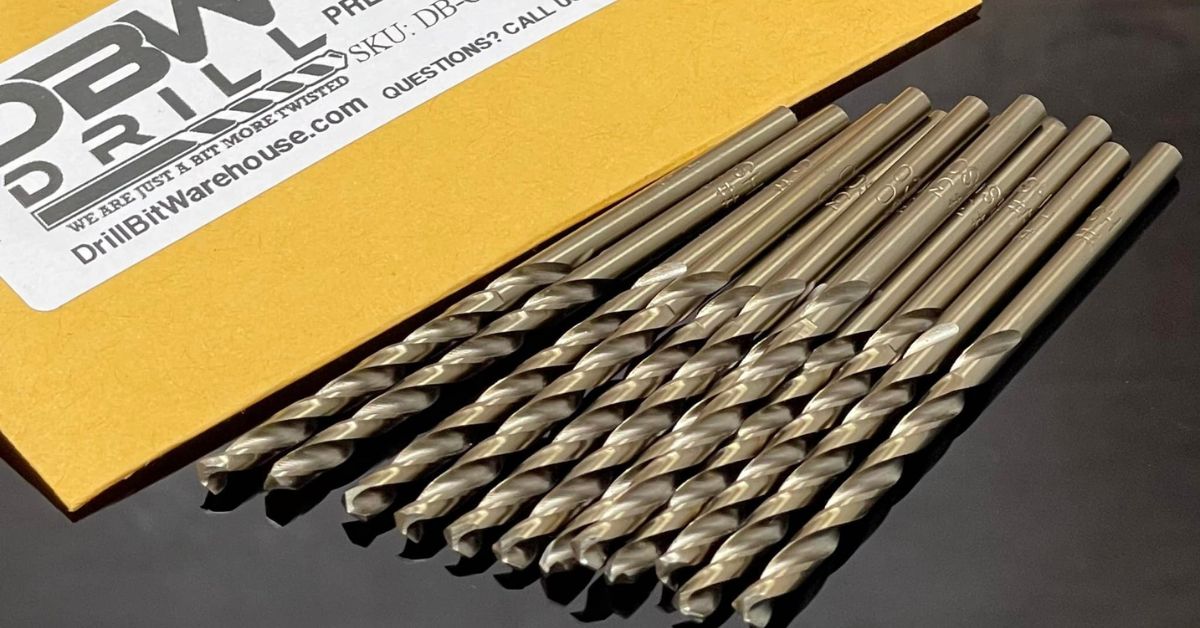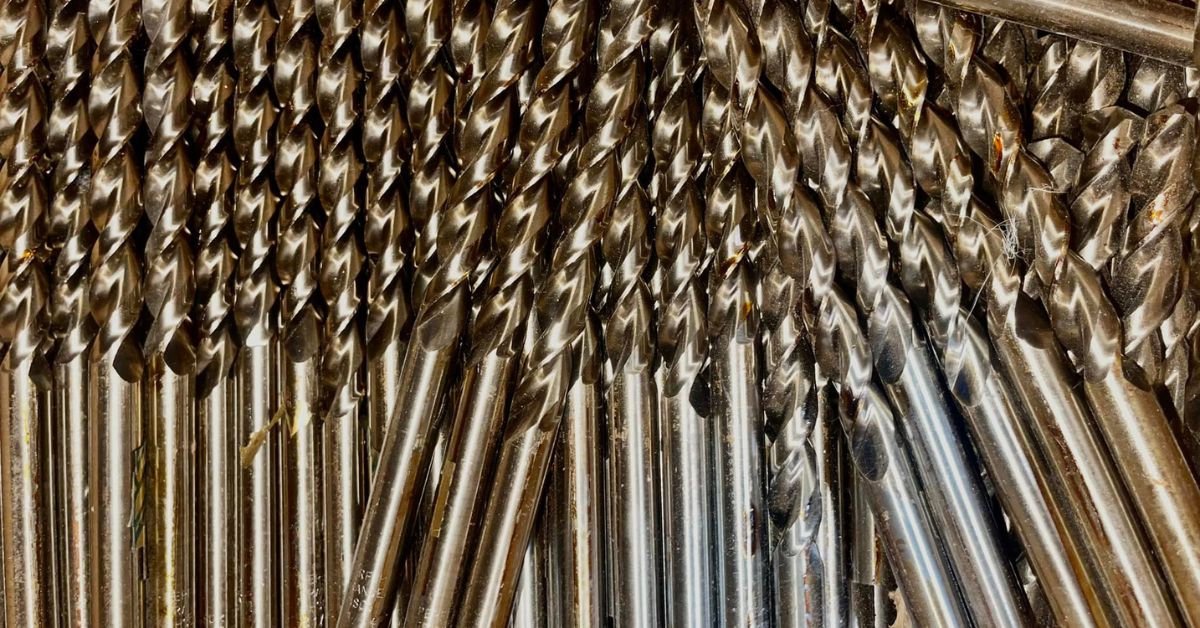Drilling is a fundamental task in construction and manufacturing. Achieving clean, precise, and efficient results often hinges on a critical but typically overlooked factor: the feed rate.
Selecting the proper feed rate isn’t just a technical detail; it can make or break your project. Following these tips to determine the proper feed rate for drill bits can improve performance, extend tool life, and help you avoid costly mistakes.
Drill Bit Feed Rates: What You Need To Know
The feed rate represents the rate of linear advancement of the drill bit into the material per revolution. Essentially, it’s a measure of how fast you push the bit into the surface compared to how quickly it spins. This may sound simple, but the science and precision behind feed rates are far from basic. Finding the ideal feed rate is a delicate balance between speed, pressure, and the material you’re working on.
The feed rate closely relates to speed, which the machine determines by the revolutions per minute (RPM). Together, these two factors dictate the performance of a drill bit. A misstep in choosing your feed rate can easily lead to material damage and warping, drill bits overheating, inefficient drilling, or even damage to your tools. By comparison, proper measurements save time, reduce costs in the long run, and increase overall productivity.
Factors That Influence Drill Bit Feed Rates
Adjusting drill bit feed rates is not a one-size-fits-all exercise; they change depending on several key variables. The first and most important variable is the type of material you’re drilling. Softer materials like wood generally require higher feed rates, while harder materials like steel demand lower feed rates to avoid tool damage.
The type and size of the drill bit also matter. Larger bits require slower feed rates to maintain control and precision, while smaller bits can handle higher rates. Further, the quality of the drill bit is a decisive factor. With premium options like HSS drill bits, you can often push the feed rate to higher limits because of the bit’s superior heat resistance and durability.
The Role of Drill Speed in Feed Rates
Feed rate and RPM work hand in hand, influencing the effectiveness of your drilling operation. When used at high RPMs, a slow feed rate can lead to polished holes, but it also risks overheating the drill bit and the workpiece.
Oppositely, high feed rates with low RPMs may result in chattering and surface damage. The sweet spot occurs when feed rate and RPM complement each other perfectly, resulting in smooth hole finishes and minimal wear.
Understanding the speeds at which your drill bit spins, combined with the precision of the feed, bridges the gap between a poor drilling operation and a flawless outcome. Whether at home or on a professional worksite, optimizing the speed-to-feed ratio makes a world of difference.
How Material Affects Feed Rate Decisions
If your project involves different materials, understanding how each responds to feed rates is crucial. Wood allows for higher feed rates, whereas metals like aluminum work well with a lower approach to avoid snags or inconsistencies. Drilling stainless steel or other denser metals requires a reduced feed rate to manage the increased resistance to cutting.
Plastics may require moderate feed rates to prevent overheating or cracking. Further complicating matters, advanced materials such as carbon fiber or fiberglass require careful handling and lower feed rates to avoid fraying or crumbling.
Signs of Incorrect Feed Rates
Drilling often gives you immediate feedback about its conditions. If the feed rate isn’t optimal, you might notice various warning signs. Overfeeding, where you push the drill bit too fast, can result in rough, uneven holes and broken edges. You’ll often experience excess friction and noise, which can quickly ruin a project (and your concentration). On the other hand, underfeeding is equally problematic, as it may lead to polished holes that cause the drill bit to overheat and dull prematurely.
Using Drill Bit Size To Determine Feed Rates
Drill bit size greatly impacts feed rate, as you’ll recall. Smaller bits handle higher rates, while larger bits require slower feeds due to their wider cutting area. Always consult size charts or manufacturer guidelines to match feed rate to bit size for smoother drilling and reduced tool wear.
Improving Results With High-Performance Drill Bits
Investing in superior tools lays the foundation for better drilling outcomes. Premium-quality bits are specifically designed to handle greater stress, higher speeds, and prolonged use. These bits accommodate wider feed rate ranges and reduce the risk of overheating and dulling.
Establishing the Right Feed Rate
Determining the ideal feed rate doesn’t have to involve trial and error if you follow certain guidelines. Start with feed-and-speed charts that provide material-based benchmarks. These charts typically consider material type, drill size, and RPM to offer feed rate suggestions.
You can also conduct light test runs on scrap material to identify the correct pressure and speed settings. Monitor other variables, such as cutting fluid application and material thickness, to fine-tune the results. Once you find the sweet spot for a specific material, you can consistently apply those settings to similar projects.
Continuous Monitoring and Adjustments
Perfecting feed rates is rarely a set-it-and-forget-it process. Various external factors, such as wear on drill bits or machine inconsistencies, require constant monitoring. With every change in material, drill bit type, or machine calibration, reevaluating your feed rate to match these variables is essential.
Skilled operators often remain vigilant, adjusting settings mid-operation to respond to real-time feedback. This level of attention elevates average results into exceptional outcomes and prevents project delays caused by tool mishaps or material damage.
Conquering the Feed Rate Advantage
Drilling is an art and a science when done well. By learning the nuances of feed rates, you can move closer to professional-level performance, even if you’re working on DIY projects. Using proper feed rates improves efficiency, benefits material utilization, and extends tool life for every operation.
Applying the above tips to determine the proper feed rates for drill bits will deliver consistent results and long-term savings, regardless of project complexity.

